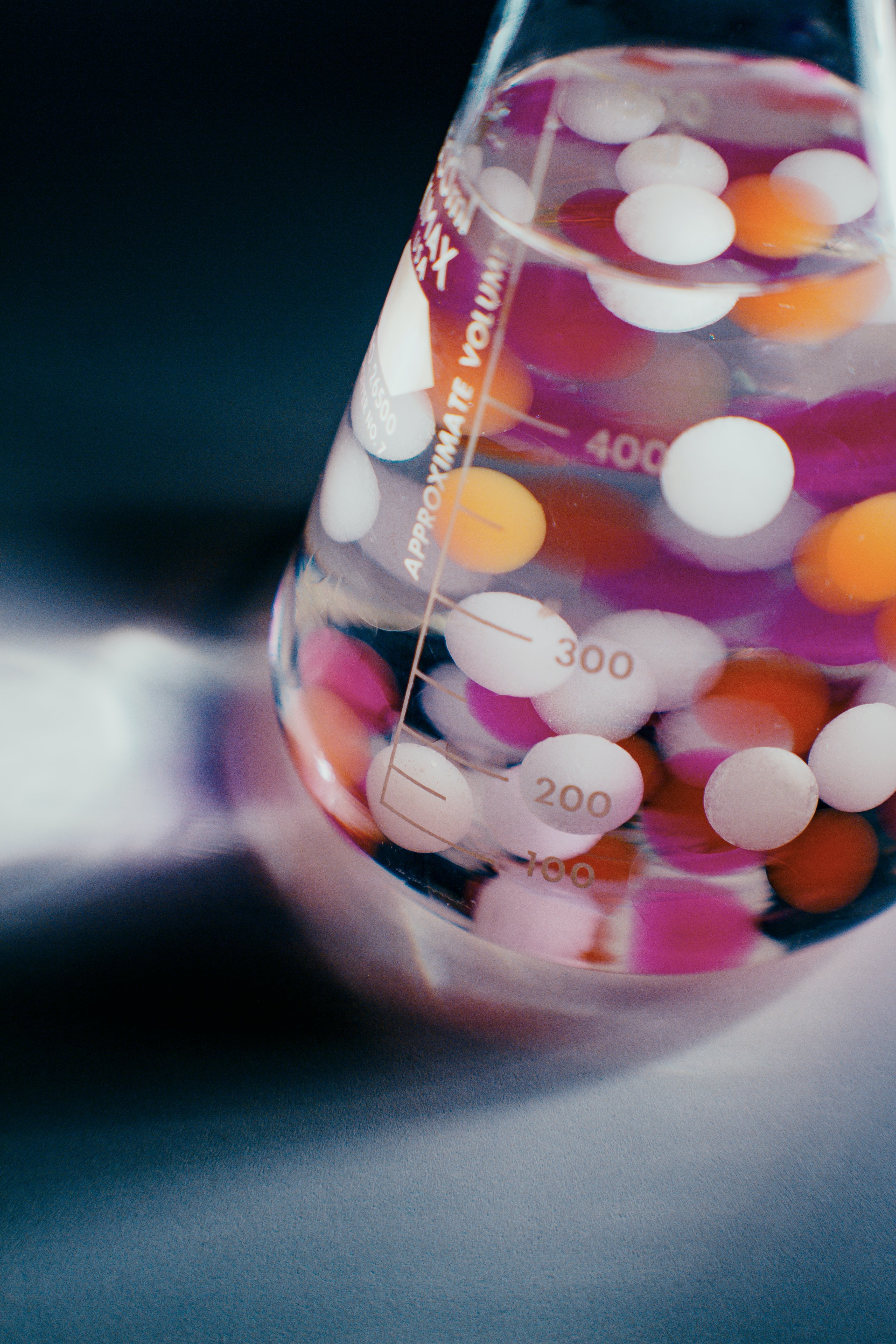The area of chemical imaging spectroscopy is exciting because it blends spectroscopy’s capabilities with cutting-edge imaging methods. It enables students to comprehend critical information regarding the chemical makeup of numerous substances, illuminating the complex molecular world.
From analyzing artworks and archaeological artifacts to investigating the mysteries of the cosmos, chemical imaging spectroscopy has found diverse applications across multiple disciplines. This article will delve into the captivating realm of chemical imaging spectroscopy and explore some intriguing and lesser-known facts that make this scientific technique truly remarkable.
IMAGE: UNSPLASH
1. Can Analyze Chemical Properties
Chemical imaging’s capacity to reveal the mysteries of a sample’s surface through spatially resolved recordings of chemical and physical properties is an amazing fun fact.
This provides an intriguing look into the hidden world at the microscale by concentrating on the surface and utilizing cutting-edge spectroscopic techniques like MIR (Mid-Infrared), NIR (Near-Infrared), and Raman spectroscopy.
When conducting chemical imaging, each surface location, represented as a pixel in an x-y-grid, is meticulously analyzed to gather spectral information. The information is then transformed into a comprehensive two-dimensional image, visually revealing the distribution and composition of chemical components on the sample’s surface.
This process allows scientists to identify and quantify specific chemicals, gaining valuable insights into their spatial distribution.
2. Has Real-Time Monitoring Potential
Chemical imaging spectroscopy is vital in real-time monitoring and quality control across various industries. From pharmaceutical manufacturing to food processing, this technique allows for rapid and non-destructive analysis of samples, ensuring the consistency and safety of products.
Detailed information about chemical composition and distribution enables manufacturers to identify potential issues early on and make informed decisions to maintain product integrity. With a chemical imaging system, plenty of industries can utilize its rapid and real-time functions.
3. Chemical Imaging Spectroscopy Is Used For Paleontology
One captivating fun factor of chemical imaging spectroscopy is its ability to unlock the hidden stories preserved within fossils. Whether skeletal or soft-bodied, fossils hold valuable insights into the Earth’s ancient history and the evolution of life.
However, the chemical composition of fossils is often chemically heterogeneous, making conventional analytical methods insufficient for capturing intricate details.
This is where chemical imaging spectroscopy shines, offering a non-invasive and non-destructive approach to analyzing fossils in situ. By utilizing chemical imaging techniques, paleontologists can identify and quantify the chemical characteristics of fossils while preserving the specimens for further analysis.
These techniques, such as Fourier-transform infrared (FTIR), X-ray fluorescence (XRF), and Raman imaging, provide spatially resolved chemical patterns without altering the atoms or molecules within the fossil.
This invaluable tool allows scientists to evaluate preservational states, uncover taphonomic alterations, and better understand the original biological information encapsulated within the fossilized structures.
4. Helps With Quality Control In Industries
Chemical imaging spectroscopy has the potential to completely transform quality control procedures in a variety of industries, particularly pharmaceutical manufacturing, and packaging.
This is essential for assuring the integrity and safety of products because of its great capacity to evaluate the identification, quality, and quantity of active substances, intermediates, and excipients.
One remarkable application of chemical imaging is its use in characterizing formulations, such as tablets. Providing a spatially resolved recording of the distribution of active pharmaceutical ingredients and excipients enables manufacturers to assess the homogeneity and uniformity of these crucial components.
The continual improvement of manufacturing procedures and maintenance of consistent product quality and efficacy depend on this data.
5. Useful For Pharmaceuticals
Interestingly, chemical imaging techniques are quite good at understanding and visualizing the heterogeneous structures seen in medications. One of the fields with the greatest ongoing research is pharmaceuticals, where this ability has vast applications.
In pharmaceuticals, chemical imaging techniques offer unprecedented insights into the composition and distribution of active ingredients within a formulation or tablet. Scientists and researchers can visualize and analyze the polymorphic components or the spatial distribution of active pharmaceutical ingredients (APIs) within the medication.
Chemical Imaging Spectroscopy Has Plenty Of Uses
Chemical imaging spectroscopy is a fascinating and versatile field with immense potential across various disciplines. From unveiling the hidden stories of fossils to enhancing quality control in pharmaceuticals, this innovative technology continues to push the boundaries of scientific exploration and understanding.
As technology advances, chemical imaging spectroscopy will undoubtedly uncover new applications and propel scientific research to greater heights. By harnessing the power of spatially resolved chemical information, researchers can gain a deeper understanding of the complex systems and materials they study.
IMAGE: UNSPLASH
If you are interested in even more technology-related articles and information from us here at Bit Rebels, then we have a lot to choose from.


COMMENTS